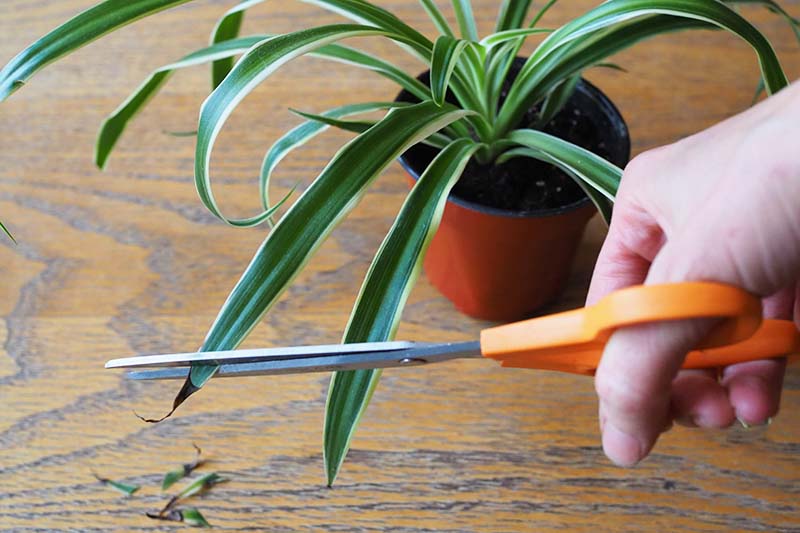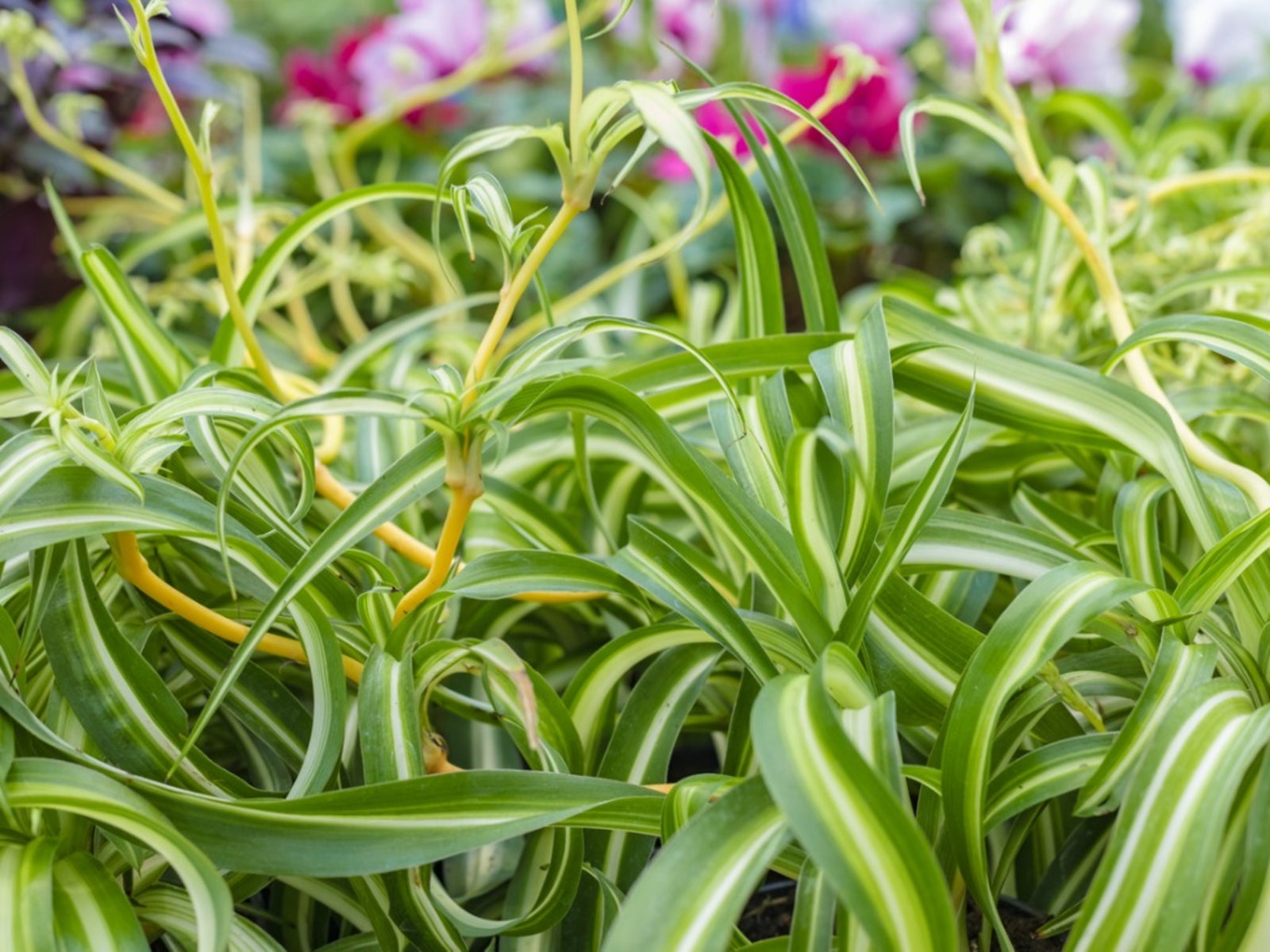Unlocking the Secrets of Spider Plant Care
Spider plants have become a popular choice for indoor spaces due to their low-maintenance requirements and ability to purify the air. However, to keep these plants thriving, it’s essential to understand the basics of how to care for spider plants. With proper care, spider plants can bring beauty and freshness to any room, making them an ideal addition to any home or office. In fact, spider plants are one of the easiest houseplants to care for, making them perfect for beginners or those who don’t have a lot of time to dedicate to plant care. By following a few simple guidelines, you can keep your spider plant happy and healthy, and enjoy its many benefits for years to come.
Lighting Conditions: Finding the Perfect Spot for Your Spider Plant
When it comes to how to care for spider plants, one of the most critical factors is lighting. Spider plants thrive in bright, indirect light, which means they should be placed near a window that receives plenty of natural light, but not directly in the sun’s path. Direct sunlight can cause the leaves to become scorched and the plant to become stressed. East- or west-facing windows are ideal, as they provide gentle, indirect light that promotes healthy growth. Avoid placing your spider plant in a spot with low light, as this can lead to weak and spindly stems. By finding the perfect balance of light, you can help your spider plant flourish and enjoy its many benefits.
Watering Wisdom: How to Keep Your Spider Plant Hydrated
Proper watering is a crucial aspect of how to care for spider plants. Spider plants prefer well-draining soil and should be watered thoroughly, allowing the top 1-2 inches of soil to dry out between waterings. Overwatering is a common mistake that can lead to root rot and other problems. To avoid this, check the soil moisture by sticking your finger into the soil up to the first knuckle. If the soil feels dry, it’s time to water. Water your spider plant in the morning, so the pot has a chance to dry out slightly before nightfall. Avoid getting water on the leaves to prevent fungal diseases. By watering your spider plant correctly, you can ensure it receives the right amount of moisture to thrive.
Fertilizing for Success: Nourishing Your Spider Plant
Fertilizing is an essential aspect of how to care for spider plants. Spider plants are light feeders and require minimal fertilization. However, feeding your spider plant with a balanced, water-soluble fertilizer can promote healthy growth and encourage the production of offsets. When choosing a fertilizer, look for a product that is specifically formulated for houseplants and has a balanced N-P-K ratio (nitrogen-phosphorus-potassium). Dilute the fertilizer to half the recommended strength to avoid burning the roots. Feed your spider plant during the growing season (spring and summer) and avoid fertilizing during the dormant season (fall and winter). By fertilizing your spider plant correctly, you can provide it with the necessary nutrients to thrive and enjoy its many benefits.
Pruning and Grooming: Keeping Your Spider Plant Looking Its Best
Pruning and grooming are essential aspects of how to care for spider plants. Regular pruning helps maintain the plant’s shape, promotes healthy growth, and encourages the production of offsets. To prune your spider plant, remove any dead or dying leaves or stems, as these can attract pests and spread disease. Use clean, sharp scissors or pruning shears to prevent spreading any potential infections. Trim long stems to encourage branching and create a fuller plant. Additionally, remove any brown or yellow tips on the leaves to maintain the plant’s appearance. By pruning and grooming your spider plant regularly, you can keep it looking its best and promote healthy growth.
Pest Control and Common Problems: Troubleshooting Spider Plant Issues
While spider plants are generally easy to care for, they can be susceptible to certain pests and problems. To ensure the health and well-being of your plant, it’s essential to know how to identify and address common issues. Spider mites, mealybugs, and scale are common pests that can infest spider plants. These pests can cause yellowing leaves, white powdery residue, and sticky honeydew droplets. To control infestations, use insecticidal soap or neem oil, and isolate infected plants to prevent the spread of pests. Root rot is another common problem that can occur when the soil is too moist. To prevent root rot, ensure good drainage, avoid overwatering, and repot your spider plant in fresh, well-draining soil. By being aware of these potential issues and taking proactive steps, you can troubleshoot common problems and provide the best care for your spider plant. Remember, understanding how to care for spider plants is key to keeping them healthy and thriving.
Propagation and Repotting: Expanding Your Spider Plant Family
One of the most exciting aspects of how to care for spider plants is propagation. Spider plants produce offsets, also known as “spiderettes,” which can be easily propagated to create new plants. To propagate your spider plant, wait until the offsets have developed their own roots and are around 1-2 inches in diameter. Then, carefully cut the offset from the mother plant, leaving a small amount of stem attached to the offset. Plant the offset in a pot filled with well-draining soil, and water thoroughly. Keep the soil consistently moist until the new plant is established. Repotting your spider plant is also an essential part of its care. Spider plants typically need to be repotted every 1-2 years, as their roots can become pot-bound. Choose a pot that is only slightly larger than the previous one, and use fresh, well-draining soil. By propagating and repotting your spider plant, you can create a thriving plant family and enjoy the many benefits of having these air-purifying plants in your home.
Creating the Perfect Environment: Temperature, Humidity, and More
To ensure the optimal health and happiness of your spider plant, it’s essential to create a welcoming environment. Spider plants thrive in temperatures between 65-75°F (18-24°C), making them an ideal choice for indoor spaces. In terms of humidity, spider plants prefer a relatively high humidity, typically above 50%. To maintain the ideal humidity, you can place the pot on a tray filled with water and pebbles or use a humidifier. Additionally, spider plants benefit from good air circulation, so ensure that your plant is not crowded or blocked by other objects. By understanding how to care for spider plants and creating the perfect environment, you can enjoy the many benefits of having these air-purifying plants in your home. Remember, providing the right conditions is crucial to keeping your spider plant happy and healthy. With a little attention to temperature, humidity, and air circulation, you can create a thriving environment for your spider plant to flourish.







